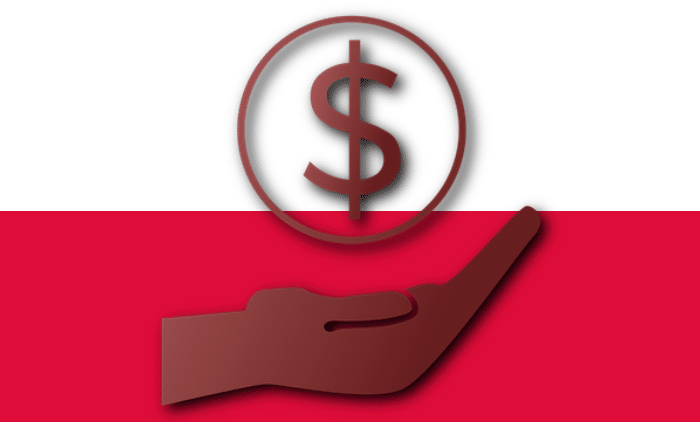NBP: core inflation excluding food and energy prices fell to 11.5% in May from 12.2 percent in April
[ad_1]
In May 2023, inflation excluding food and energy prices amounted to 11.5%. year-on-year, while in April it was 12.2 percent. – announced the National Bank of Poland on Friday. Consumer inflation in May amounted to 13 percent.
On Friday, the National Bank of Poland published data on core inflation in May 2023. They show that inflation excluding administered prices (subject to state control) amounted to 12.1 percent, compared to 14.0 percent. a month earlier, and inflation excluding the most volatile prices amounted to 14.9 percent, compared to 15.3 percent. a month earlier. NBP also announced that core inflation excluding food and energy prices amounted to 11.5% against 12.2% in the previous year. a month earlier, and 15% trimmed mean, which eliminates the influence of 15 percent. price basket with the lowest and highest dynamics, amounted to 13.5 percent, compared to 14.3 percent. a month earlier. The central bank reminded that the main inflation indicator, i.e. consumer inflation in May 2023, amounted to 13 percent.
“National Bank of Poland calculates four core inflation indicators every month, which helps to understand the nature of inflation in Poland. The CPI shows the average price change of the entire large basket of goods purchased by consumers. When calculating core inflation indices, price changes in various segments of this basket are analysed, the NBP explained.
The central bank assessed that the publication of data on core inflation allows for better identification of inflation sources and more accurate forecasting of its future trends. It also makes it possible to determine to what extent inflation is permanent and to what extent it is shaped, for example, by short-term price changes caused by unpredictable factors.
“The indicator most often used by analysts is inflation excluding food and energy prices. It shows trends in the prices of those goods and services that are relatively heavily influenced by the monetary policy conducted by the central bank. Energy prices (including fuel prices) are determined not on the domestic market, but on the world markets, sometimes also under the influence of speculation. Food prices largely depend on on the weather and the current situation on the domestic and global agricultural markets. (PAP)
author: Marek Siudaj
ms/ mk/
[ad_2]
Source link



